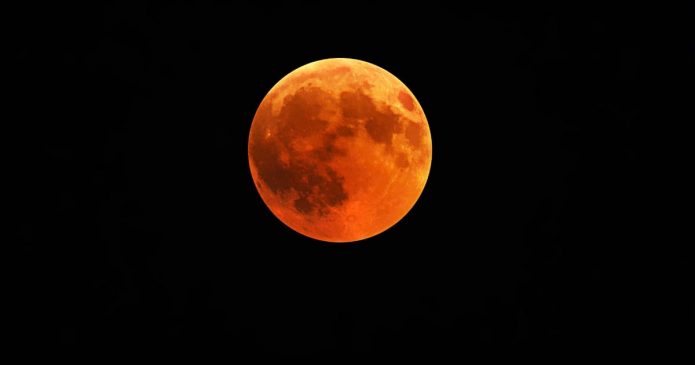Just after moonrise, the ending of the partial phase of the eclipse will be visible in India for a very short span of time from extreme north eastern parts of Arunachal Pradesh and Assam
This year’s second and last lunar eclipse is set to take place on Friday, 19 November, 2021. Just after moonrise, the ending of partial phase of the eclipse will be visible in India for a very short span of time from extreme north eastern parts of Arunachal Pradesh and Assam.
The last lunar eclipse was the “Super Flower Blood Moon” that took place on May 26.
According to India Meteorological Department, the eclipse will be visible in the region covering western Africa, western Europe, North America, South America, Asia, Australia, the Atlantic Ocean and the Pacific Ocean.
The partial phase of the eclipse will begin at 12h 48m IST. The partial phase will end at 16h 17 m IST.
How to watch the lunar eclipse from anywhere
One has online options for following the moon action. These video feeds are a good fallback if you encounter cloudy weather, or if you just don’t want to stay up late or get up early to watch the eclipse in person.
The Virtual Telescope Project will go live with coverage of the eclipse at 11 pm PT on Nov 18 (7 am UTC on Nov 19). VTP is collaborating with astrophotographers from around the world along with offering live commentary from astrophysicist Gianluca Masi.
The next lunar eclipse will be visible from India on 8 November, 2022. It will be a total lunar eclipse.
The National Aeronautics and Space Administration (NASA), which predicts several space events, has said that Earth will be experiencing a total of 228 lunar eclipses in the 21st century. As per NASA, lunar eclipses can occur a maximum of three times a year.
Lunar eclipse occurs on a full moon day when the Earth comes in between the Sun and the Moon and when all the three objects are aligned. A total lunar eclipse will occur when the whole Moon comes under the umbral shadow of the Earth and the partial lunar eclipse occurs when only a part of the Moon comes under the umbral shadow of the Earth.





































